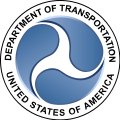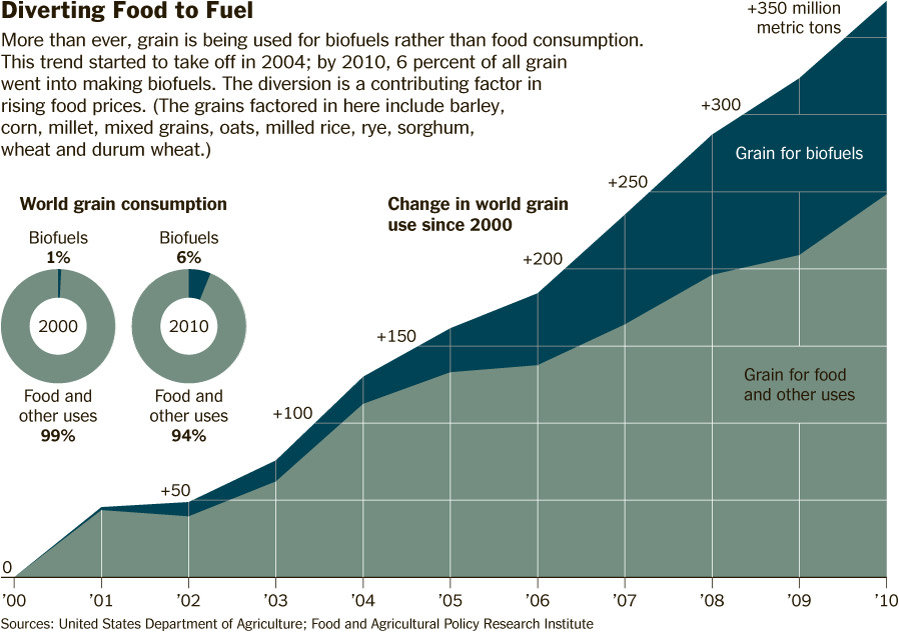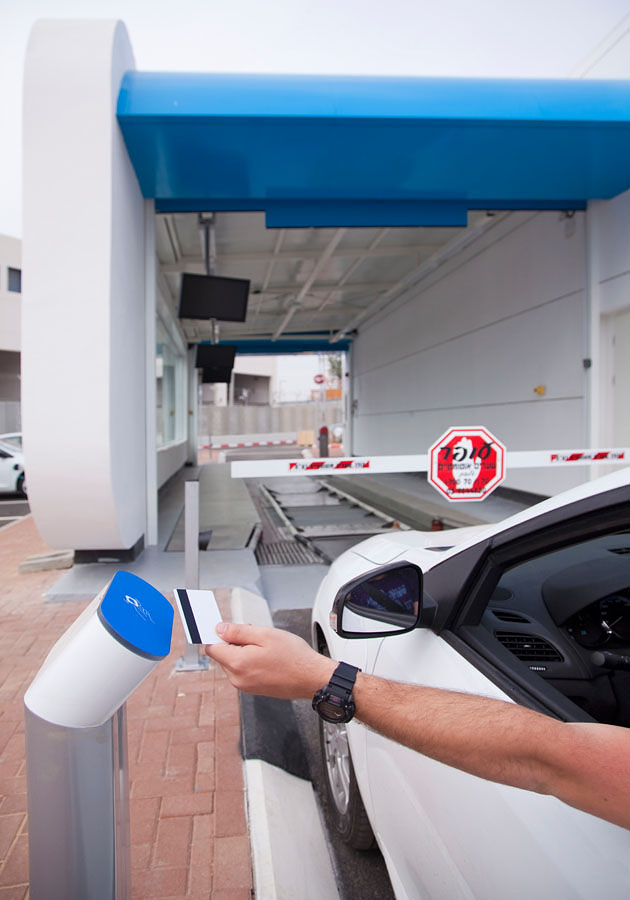The Research and Innovation Technology Administration (RITA) is looking for a highly talented Transportation Specialist with a passion for transportation data and analysis to join the Intelligent Transportation Systems Joint Program Office (ITS JPO) as the Connected Vehicle Data and Weather Program Manager. This is an opportunity to w

Image via Wikipedia
ork on one of the most exciting multimodal programs at the U.S. Department of Transportation (U.S. DOT). Located at the U.S. DOT headquarters in Washington, DC, the ITS-JPO manages, coordinates and supports research programs focused on applying advanced technologies to transform the performance of our Nation’s surface transportation system.
The vacancy announcement closes on Wednesday, March 16, 2011
We are seeking a talented transportation leader who can work with all levels of the ITS-JPO staff, high-ranking officials, and others outside the agency to explore the innovative methods of data collection and use of advanced data applications in the transportation environment. A self-starter with expert knowledge of data capture and proven program management principles is a must. Strong coordination and leadership capabilities are needed to be successful in this important role. A mix of strong creativity combined with institutional and technical knowledge is a must. Ability to identify strategic program needs and develop objectives based on Administration and U.S. DOT policy, Congressional direction, and knowledge gained through the national ITS program planning process is required.
The ITS-JPO Connected Vehicle Data and Weather Program Manager will manage multimodal programs such as congestion relief, road weather management, and data capture and data management applications to provide technical leadership for state-of-practice and state-of-the-art data collection methods for continuous improvement of our nation’s surface transportation system.
If you know someone interested in this Washington, DC based position that has the experience and proven results in the above requested areas, please encourage them to apply under the attached vacancy announcement. We are looking for a diverse pool of qualified candidates.
Please keep in mind that the new hiring reforms recently announced by President Obama will shorten the hiring timeline and will eliminate essay-style questions during the initial application submission. Therefore please spread the word about this exciting opportunity and encourage anyone interested to apply quickly.
To review the job qualifications and to apply, please see the vacancy announcement at USAjobs, direct link:
FHWA.JPO-2011-0001 – Open to Current Federal and Former Federal Status Employees: (Federal employees are encouraged to apply under this announcement number to maximize consideration).
FHWA.JPO-2011-0002 – Open to all U.S. Citizens













